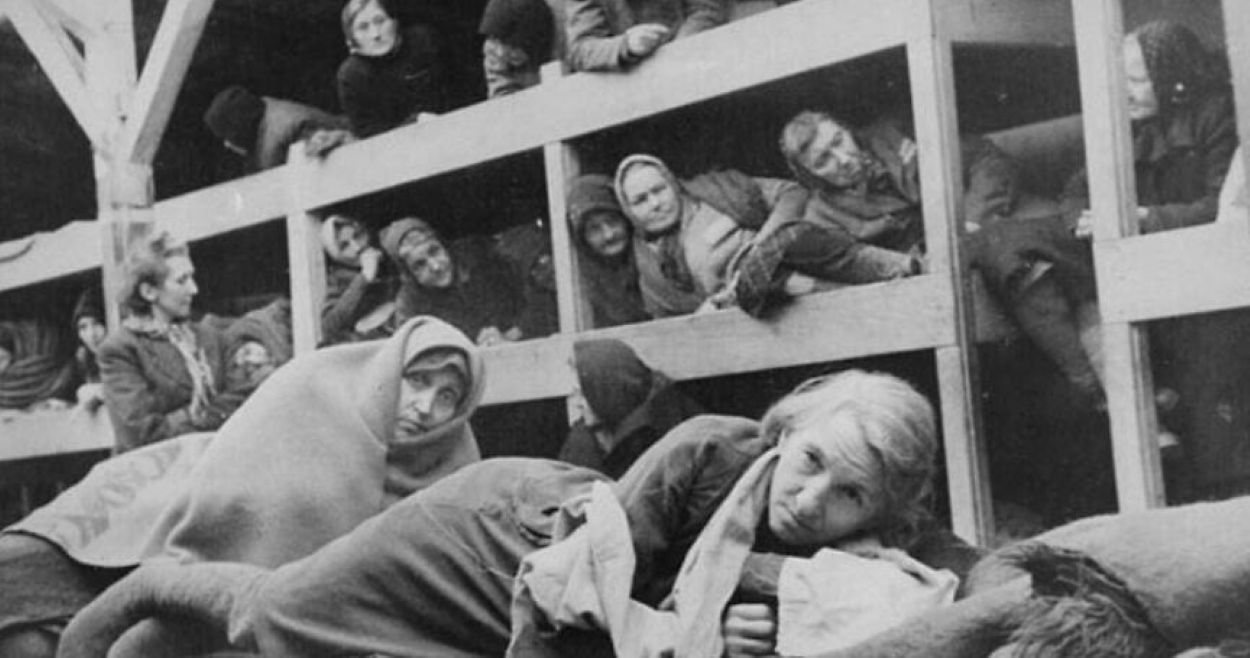In recent months, AI-generated Holocaust misinformation has surged on platforms like Facebook. These fabricated posts feature emotional stories and images of supposed victims, distorting historical facts. Experts warn that such content harms the memory of the six million Jews killed in the Holocaust. This article explores the issue, drawing on insights from the Auschwitz Museum and researchers.
Content creators use AI to produce fake images and bios of Holocaust victims. For example, a post shows a curly-haired girl on a tricycle, named Hannelore Kaufmann, a 13-year-old from Berlin who allegedly died at Auschwitz. However, no such victim exists. The photo is AI-generated. 16 Creators, often in South Asia, aim to monetise these posts. They target Western audiences who react emotionally to Holocaust stories.
Researchers clarify the motive behind this behaviour. “They create images designed to provoke likes and comments, which allows them to earn money,” explains Martin Degeling from AI Forensics. At least a dozen pages are being managed from countries like India and Pakistan, spreading this type of content. They utilise hacked accounts to reach a larger audience.
Auschwitz Museum’s Alarm and Key Examples
The Auschwitz Museum first spotted these posts in May 2025. Pawel Sawicki, the museum’s spokesman, calls it “the creation of a false reality.” He adds, “It is falsifying images… falsifying history.”The museum shares real victim stories daily. But some posts copy these and alter images with AI, without labels.
One example involves a Polish man. An AI version shows an Asian man instead, which Sawicki calls “outrageous.” Another post features Yvette Kahn, a girl with a flower in her hair, who died at Auschwitz. Yet, databases show no such person. For Hannelore Kaufmann, the details mismatch. Yad Vashem records show she lived in western Germany and died at Sobibor, not Auschwitz.
Additionally, posts include invented details, such as loving a tricycle. Sawicki notes, “We generally don’t have information about these people’s lives.”This fabrication risks leading to Holocaust denial.
Critics view these AI fakes as offensive. They create a “fantasy-land Auschwitz,” says Holocaust educator Sofia Thornblad. Shaina Brander, whose grandmother lost family in the Holocaust, feels it’s “mocking” the loss.
The trend extends to TikTok with AI videos showing idealised camp scenes. However, platforms like Facebook allow AI content if labelled. Complaints to Meta yield no action. A 2024 UNESCO report warns AI could spread false claims, boosting antisemitism.
Experts like Mykola Makhortykh urge better AI safeguards. Some museums use AI ethically, like the UK’s “Forever Project” for survivor interactions. Verify stories using trusted databases like Yad Vashem. Report unlabeled AI content. Support museums by sharing authentic histories. This preserves truth and honours victims. In summary, AI-generated Holocaust misinformation distorts facts and exploits pain. Awareness and action can counter it.






